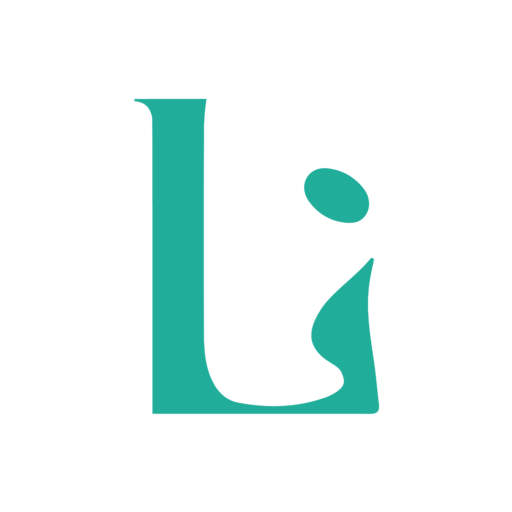Breastfeeding with flat, inverted or pierced nipples can seem like a challenge for many mothers. However, with the right techniques and a little patience, it is entirely possible to successfully breastfeed. This article explores the characteristics of these types of nipples and provides practical tips to make breastfeeding easier.
In fact, it is the secretion of oxytocin that will make the nipple, which is made up of muscle cells, stand out. This happens when the baby is at the breast, when there is close mothering, when you look at your baby or when you do skin-to-skin contact.

What are flat and inverted nipples?
Flat and inverted nipples are common anatomical variations. A flat nipple does not protrude much from the areola, even when stimulated. In contrast, an inverted nipple is retracted inward, sometimes at the areola or buried in breast tissue.
Breastfeeding with flat or inverted nipples
It is often possible to breastfeed with flat or inverted nipples, although the first few weeks may be more difficult, particularly because the baby’s mouth is still small and sucking is not yet well established. Here are some techniques to make it easier for your baby to latch on to the breast:
- Promote the natural secretion of oxytocin: skin to skin, baby sucking, close mothering
- Put baby to the breast. Babies who do not have sucking difficulties will have no difficulty pushing out a flat or inverted nipple.
- When a baby can’t do it, it’s often a sign of difficulty sucking on the baby’s side.
- And if there really remains a difficulty then we take action: manual stimulation, breast pump…
Use of breast pads
Breast pads are silicone devices that can help babies latch on by providing a firmer latch and stimulating the roof of the mouth to encourage sucking. They are generally recommended for the short term and should be used under the supervision of a lactation consultant to ensure that the baby is latching correctly and that milk production is adequate.
Breastfeeding with pierced nipples
Pierced nipples generally do not prevent breastfeeding, but it is important to remove the jewelry before each feeding to avoid the risk of choking or injury to the baby’s mouth. Some mothers notice milk leaking from the piercing holes or a change in milk production, although these situations are rare.
Practical advice
- Think oxytocin!
- If you experience pain, cracking or engorgement, do not hesitate to seek help to find suitable solutions.
Conclusion
Having so-called flat or inverted nipples is not a problem. And if it is, it is often due to a lack of respect for postpartum physiology and stressful interventions by health professionals preventing the natural secretion of oxytocin. But in case of difficulty, you must also focus on the baby’s sucking. And finally, if the cause of the difficulties is really an inverted nipple, then it is essential to remain patient and perseverant, while seeking help from specialized health professionals in the event of difficulty. Over time, your baby’s latching and breastfeeding will become easier and more natural.



